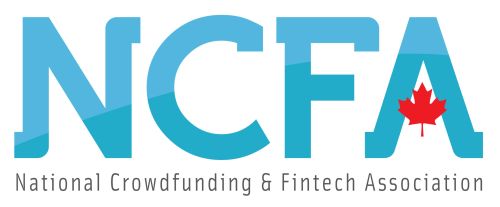Forbes | | Oct 24, 2022

The forces pushing environmental, social and governance practices to the forefront of bank operations have been building for a generation. This has only accelerated in the past couple of years.
- The Biden Administration, including through the use of executive orders leveraging the National Economic Council, is pushing hard on investment in green technologies and industries.
- The European Union is seeing a flurry of ESG-related regulatory changes.
- Blockchain and ESG: Although cryptocurrencies are the best-known use of blockchain—the technology has other uses that leave a far smaller energy footprint and are more directly useful in meeting current challenges.
See: ESG report: Startups struggle on the E…but okay on the S and the G
- Accurate reporting: Blockchain-enabled data gathering provides both the breadth and depth necessary to get a real handle on what’s going on in huge economic sectors that are global in scope. The standardization of so much data collected from so many entry points can be the cornerstone of showing how well ESG programs are functioning.
- Carbon Credit Trading: Since their broad initialization as part of the 1997 UN Kyoto Protocol, trade in carbon credits has been one scheme that has helped “bend the curve” of greenhouse gas emissions.
- But one issue that has plagued this system is fraud. Blockchain offers a powerful new way to better monitor carbon offsets by creating monitoring systems that allow investors on one side of the world to access verified information about how their credits are being utilized on the other side of the globe.
- The continuous generation of transparent environmental reports will enhance the power of the CDM, which is already embedded in ESG protocols.
- Funding innovation: Distributed ledger technologies present the possibility of quickly getting investment funds to innovators, especially those working in developing nations who are often stymied when trying to ramp up ESG efforts by time-consuming and cumbersome distribution via traditional banking protocols.
See: Podcast: How blockchain could revolutionize green finance in Asia
- Supply Chain Transparency: For ESG monitoring purposes, one of blockchain’s primary uses is bringing a bird’s-eye view to supply chain management. A more sustainable, energy-efficient supply chain could deliver profound savings in transportation costs and the concurrent curtailing of carbon emissions that a better managed, more efficient system would bring.
- With distributed ledger technology, transactions at every step of the supply chain can be recorded and distributed.
- This brings an unheard-of level of transparency and traceability to the movement of goods around the globe. With automated IoT interfaces, data collection is seamless and less contingent on overworked individuals.
Continue to the full article –> here
 The National Crowdfunding & Fintech Association (NCFA Canada) is a financial innovation ecosystem that provides education, market intelligence, industry stewardship, networking and funding opportunities and services to thousands of community members and works closely with industry, government, partners and affiliates to create a vibrant and innovative fintech and funding industry in Canada. Decentralized and distributed, NCFA is engaged with global stakeholders and helps incubate projects and investment in fintech, alternative finance, crowdfunding, peer-to-peer finance, payments, digital assets and tokens, blockchain, cryptocurrency, regtech, and insurtech sectors. Join Canada’s Fintech & Funding Community today FREE! Or become a contributing member and get perks. For more information, please visit: www.ncfacanada.org
The National Crowdfunding & Fintech Association (NCFA Canada) is a financial innovation ecosystem that provides education, market intelligence, industry stewardship, networking and funding opportunities and services to thousands of community members and works closely with industry, government, partners and affiliates to create a vibrant and innovative fintech and funding industry in Canada. Decentralized and distributed, NCFA is engaged with global stakeholders and helps incubate projects and investment in fintech, alternative finance, crowdfunding, peer-to-peer finance, payments, digital assets and tokens, blockchain, cryptocurrency, regtech, and insurtech sectors. Join Canada’s Fintech & Funding Community today FREE! Or become a contributing member and get perks. For more information, please visit: www.ncfacanada.org
Related Posts
- SEO Powered Content & PR Distribution. Get Amplified Today.
- Platoblockchain. Web3 Metaverse Intelligence. Knowledge Amplified. Access Here.
- Source: https://ncfacanada.org/how-banks-can-use-blockchain-to-improve-esg-initiatives/



